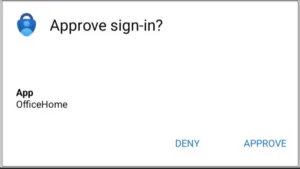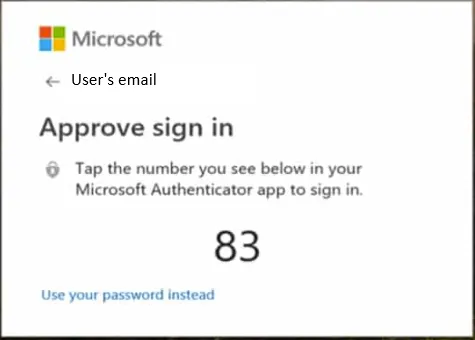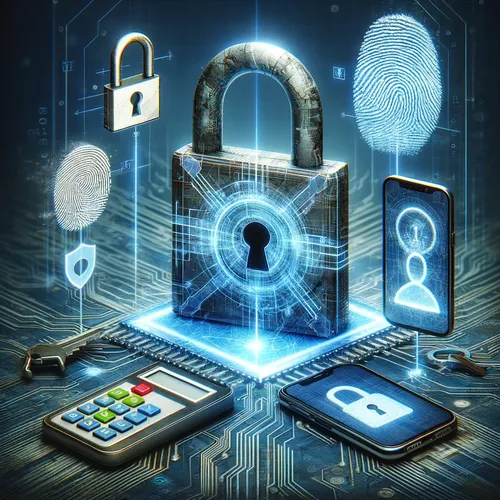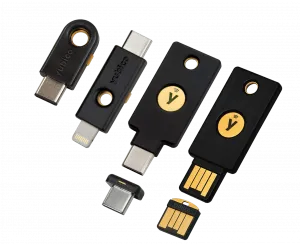
Knowledge base
January 11, 2024
Understanding and Preventing MFA Bypass
Multi-Factor Authentication (MFA) is considered one of the strongest bastions against unauthorized access. But what if even this line of defense is not infallible? We recently shed light on the various ways MFA can be bypassed and what this means for the security of our digital identities.
The Operation of Push MFA
Push MFA secures accounts by sending a notification to a paired device, usually a smartphone, which the user must acknowledge to gain access. This method combines “something you know” with “something you have” for increased security.

Push MFA
The Operation of Pin MFA
Pin MFA requires users to enter a PIN in addition to their password, a combination of “something you know” with another “something you know. This doubles the knowledge factors and is often used in conjunction with a device that the user owns.

Methods for MFA Bypass.
Security Questions and Pin Codes
Simple security questions or PIN authentication can often be cracked by social manipulation or brute force attacks.
Biometrics
Even fingerprints and facial recognition are not infallible. These can sometimes be tricked with replicas or photographs, and even advanced techniques such as 3D printed faces.
Mobile Devices and Authentication Apps
Attacks such as MFA fatigue, in which users are overloaded with authentication requests, or SIM swapping, in which a victim’s SIM card is cloned, are methods used to access SMS/RCS authentication messages.
Prevention of MFA Bypass
Strengthening MFA requires both technological and behavioral adjustments:
- User training to raise awareness about attacks.
- Avoid easy-to-guess PINs and security questions.
- Enable alerts for account changes with mobile providers.
- Be careful what you share on social media.
- Use HTTPS instead of HTTP and verify certificates.
- Make use of two-factor authentication keys
Conlcusion
Implementation of the security measures discussed here, including MFA and awareness, provides a solid foundation against MFA bypasses. Essential here is the assumption of a Zero Trust approach, where no one within the network is automatically trusted. This further strengthens our digital security through continuous authentication and strict access controls.
For seamless integration of these security principles and tailored advice on optimizing your digital defenses, we invite you to contact ALTA-ICT. Our team of experts is ready to support you in navigating the complexities of cybersecurity and implementing robust security strategies to protect your digital assets.
Want to know more?

